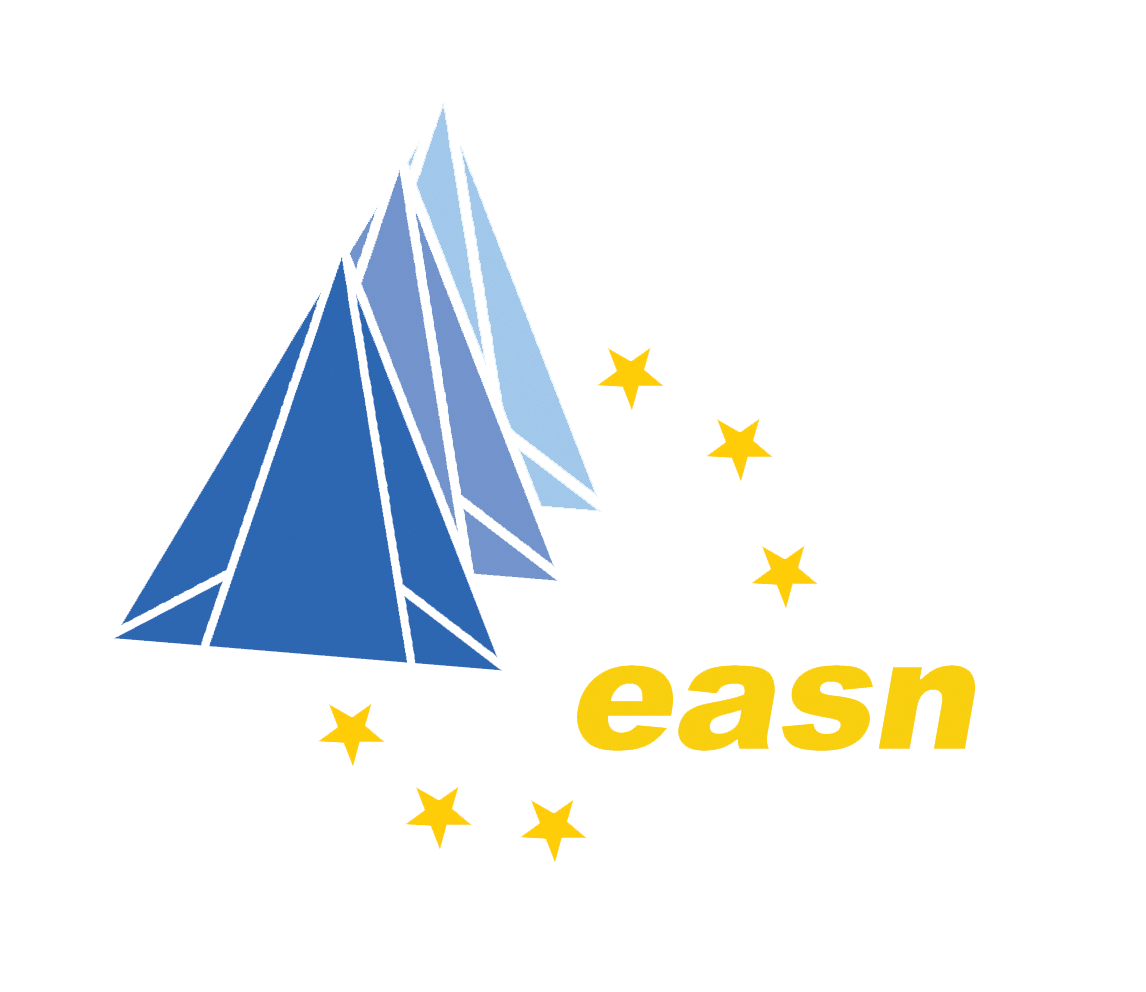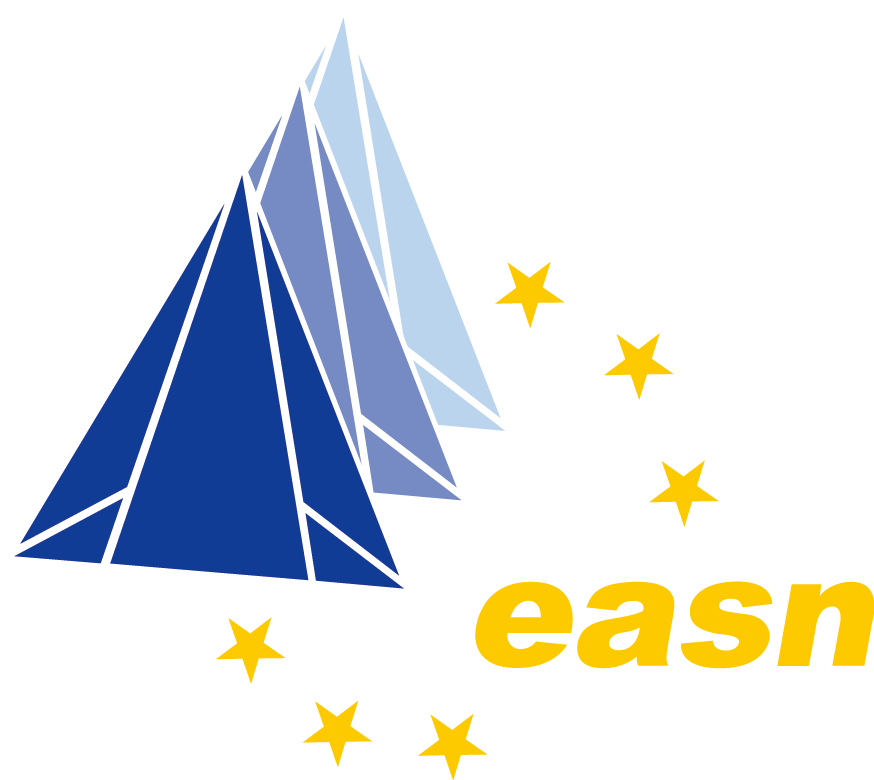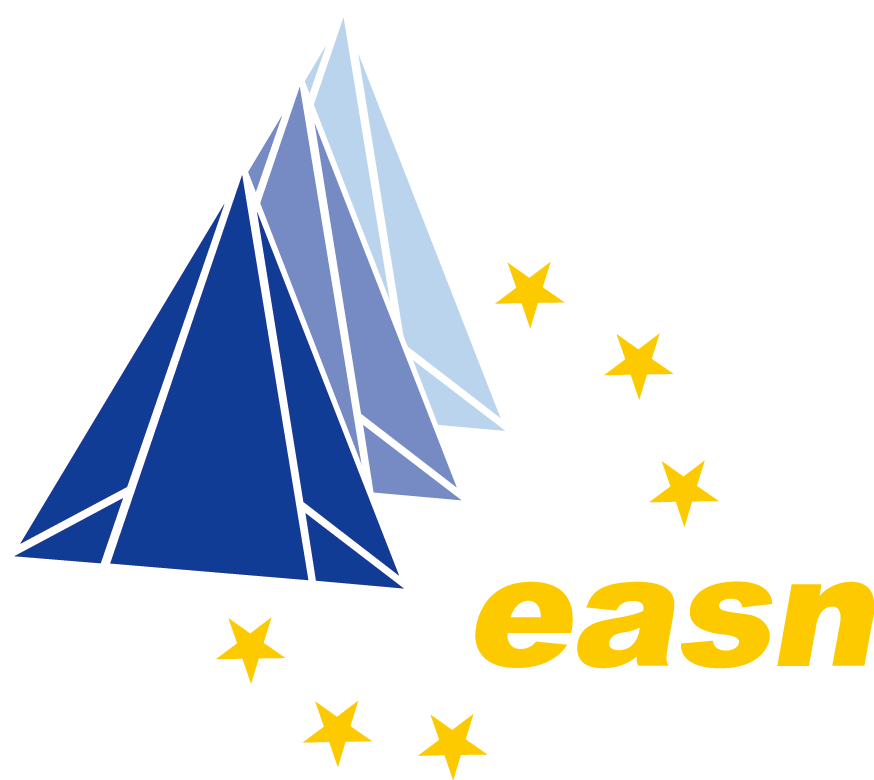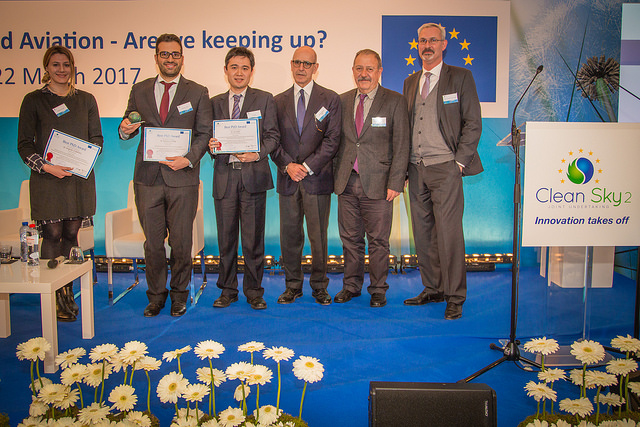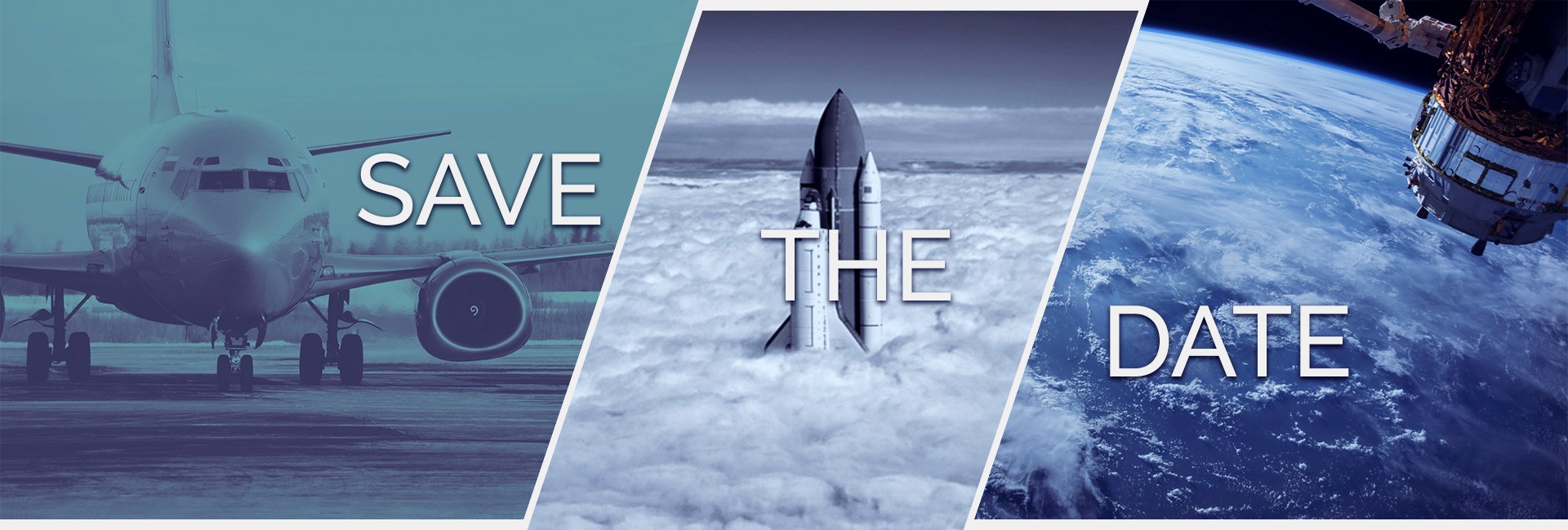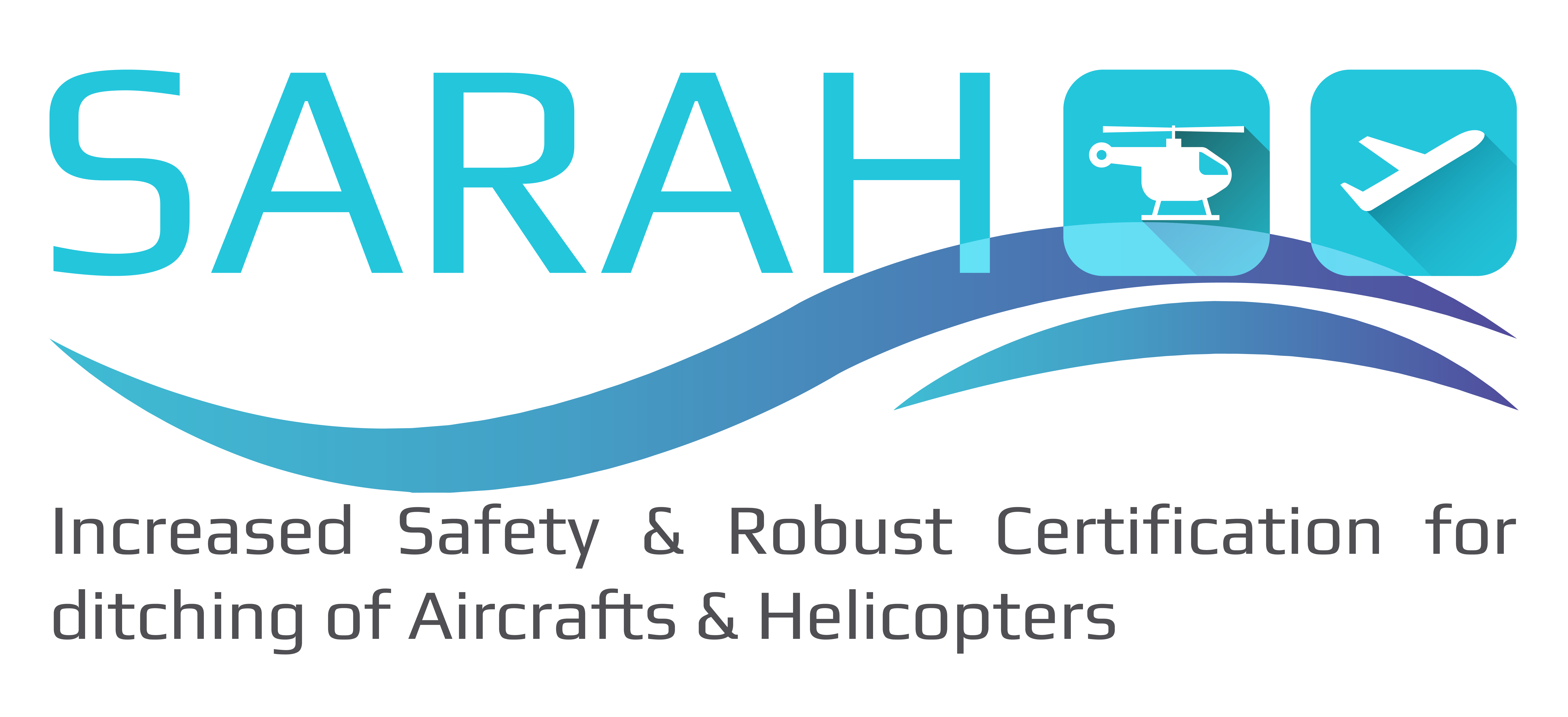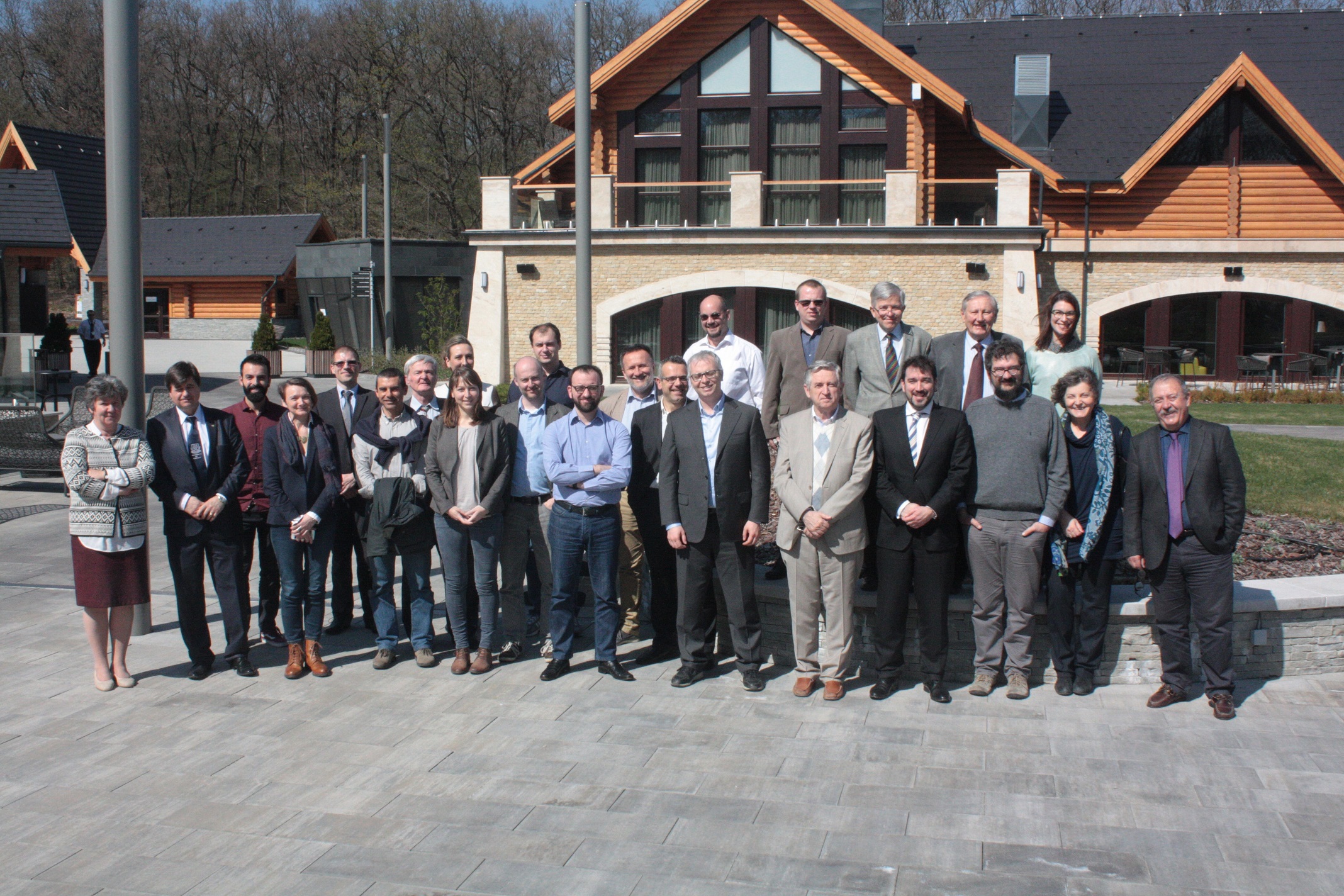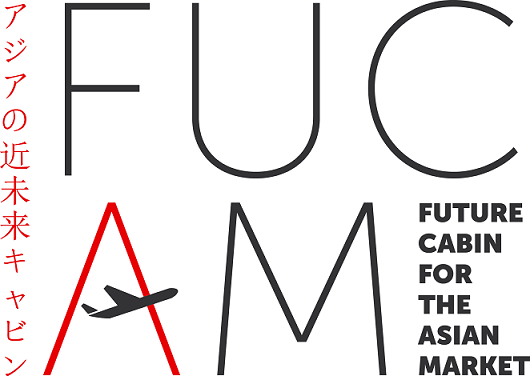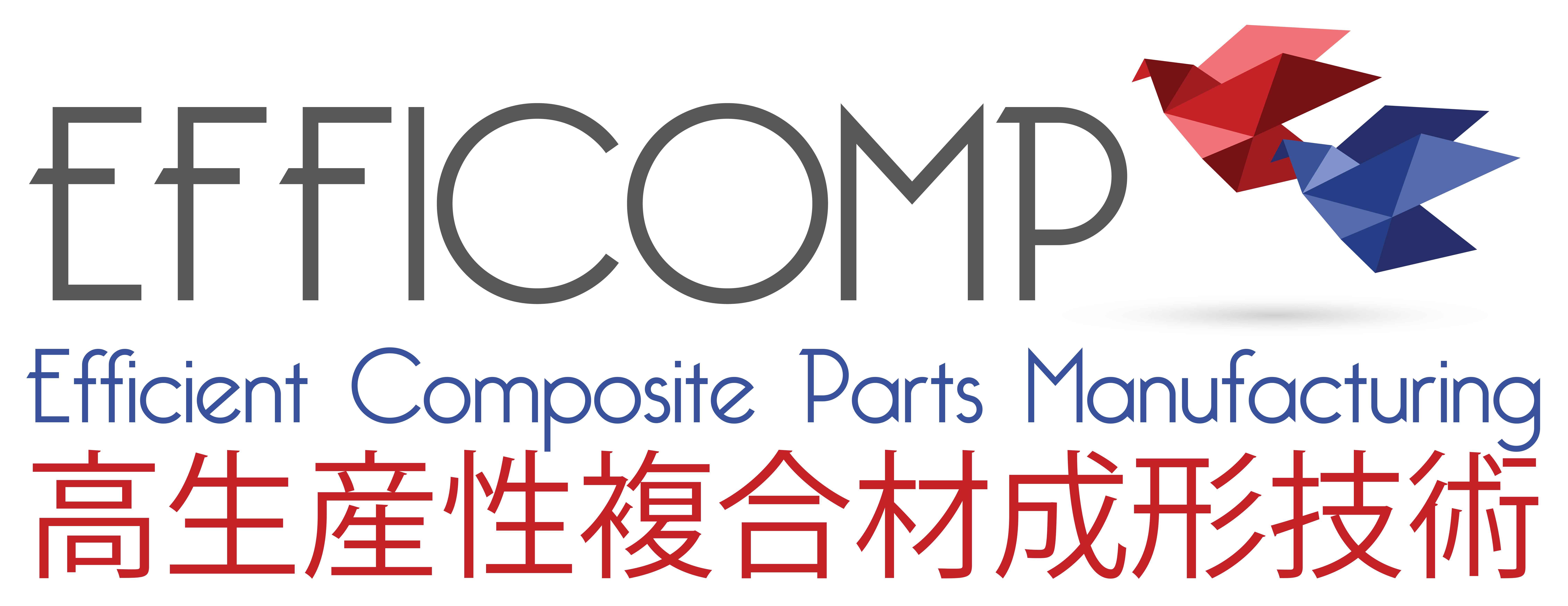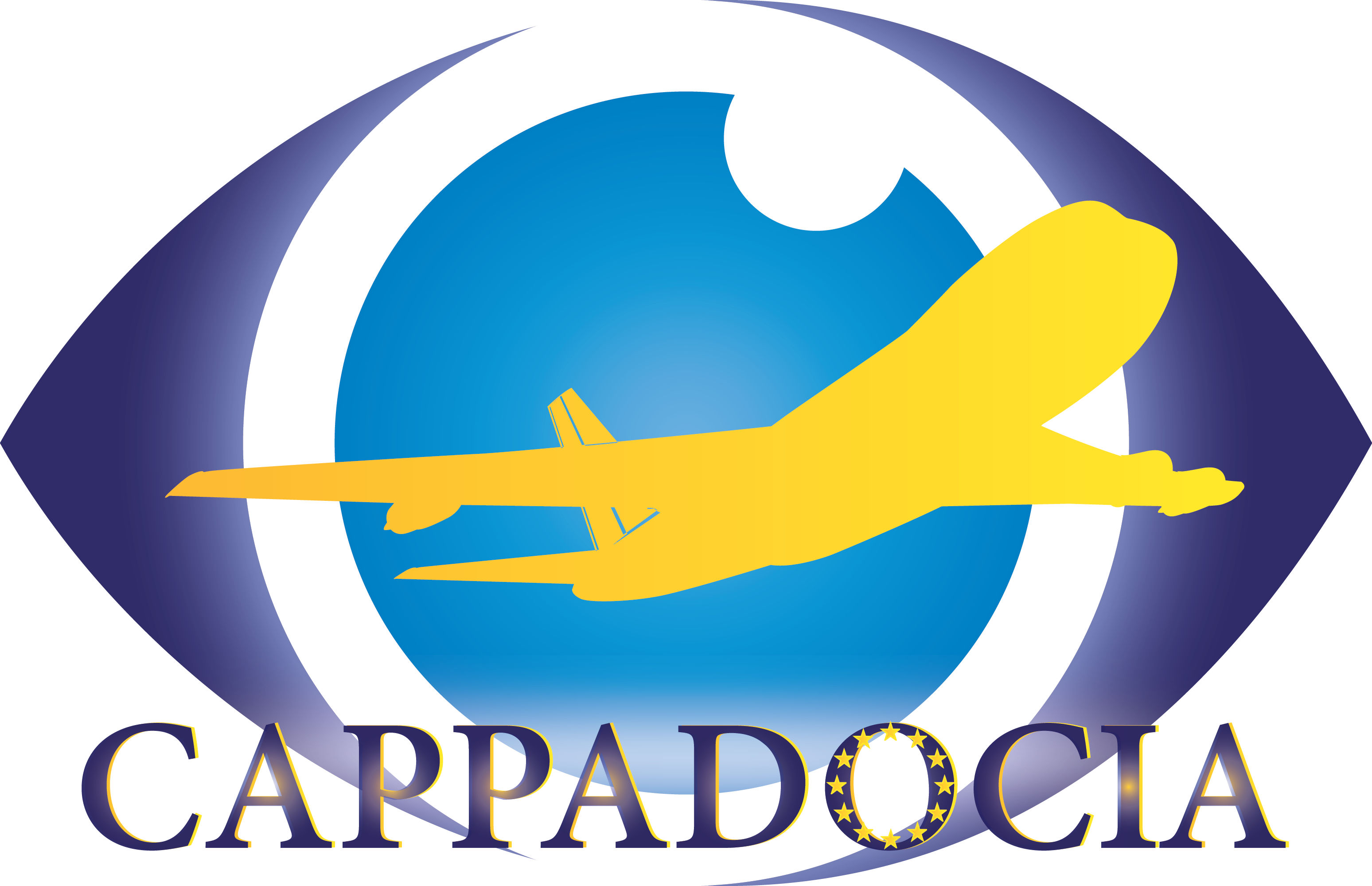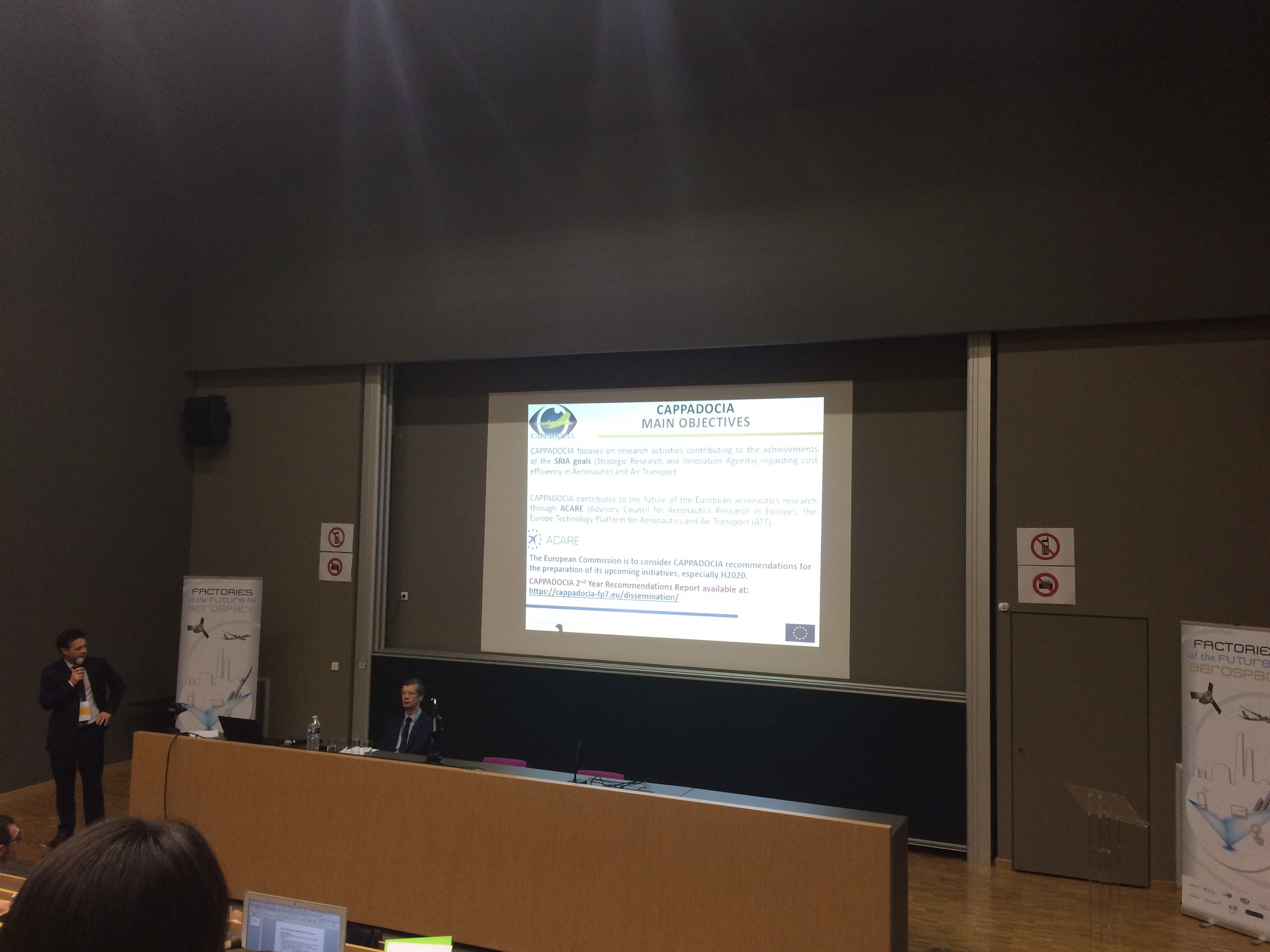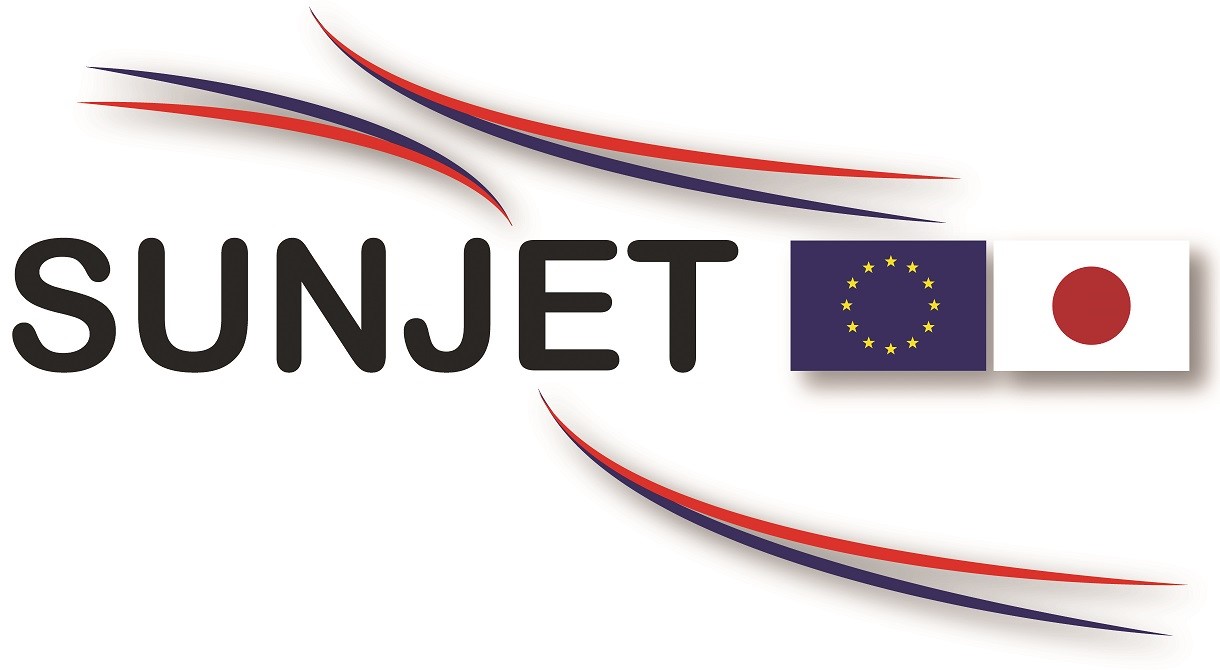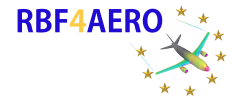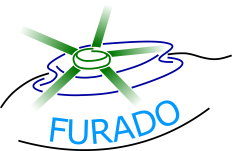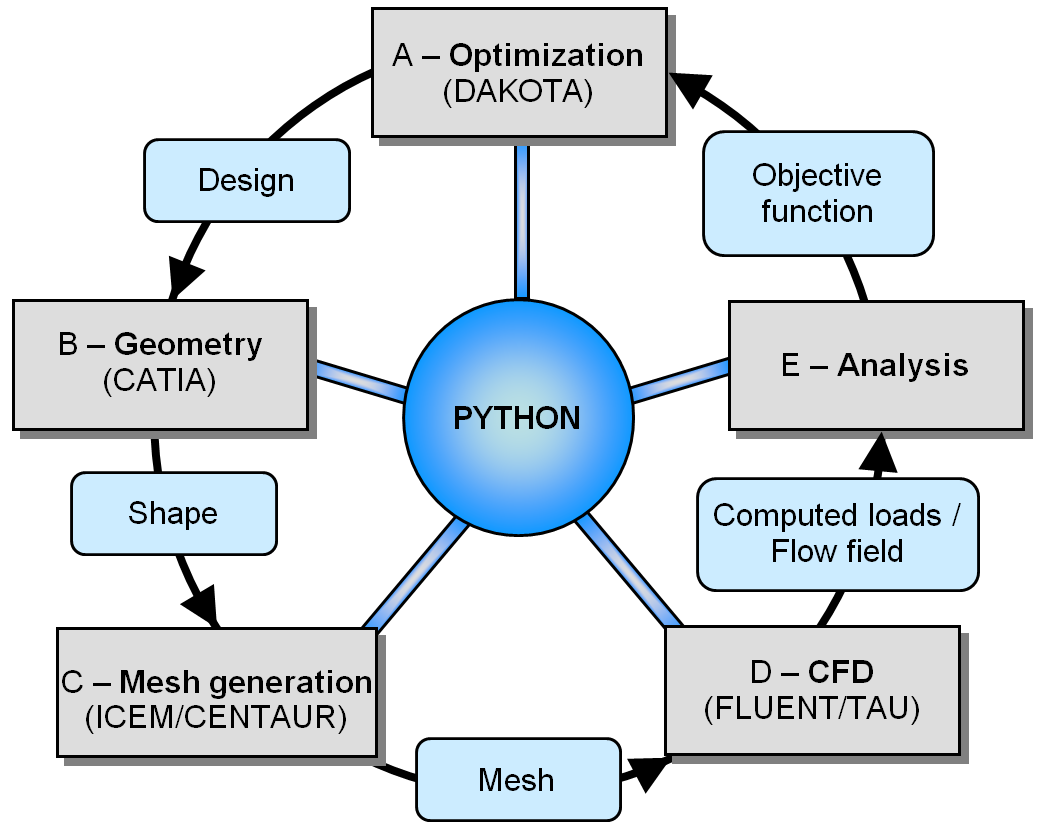The forthcoming September, the 7th EASN International Conference on Innovation in European Aeronautics Research will take place at the modern Conference Centre of the Institute of Aviation in Warsaw between the 26th and 29th. The Conference is co-organized by the EASN Association and the Warsaw University of Technology (Faculty of Power & Aeronautical Engineering – Institute of Aeronautics & Applied Mechanics – Department of Aircraft Design).
So far, the Conference has attracted more than 200 presentations distributed in 45 sessions. The sessions cover the majority of the aeronautical research & technology areas, while a number of them are dedicated to specific EC funded research projects.
Moreover, nine (9) distinguished personalities of the aeronautics community will give a key-note lecture in the frame of the Conference.
Mrs Clara de la Torre, Director for Transport, DG Research & Innovation, European Commission
Dr. Marian Lubieniecki, Managing Director and Site Leader at GE Engineering Design Center (Institute of Aviation)
Dr. Bruno Stoufflet, Vice-President Scientific Strategic, R&D and Advanced Projects, Dassault Aviation
Mr. Hannes Ross, Design Advisor and Consultant for the Swiss Project Solar Impulse
Dr. Fay Collier, Associate Director for Flight Strategy, Integrated Aviation Systems Program, NASA Langley Research Center
Mr. Bruno Sainjon, Chairman of Association of European Research Establishments in Aeronautics (EREA)
Dr. Bruce Holmes, Vice President and Executive Director of the Skytelligence Group, SmartSky Networks
Mr. Christophe Hermans, President of the Council of European Aerospace Societies (CEAS)
Prof. Dr. Mirko Hornung, Director Science & Technology, Bauhaus Luftfahrt e.V.
For more information, please visit the official website of the conference by using the following link: https://easnconference.eu

